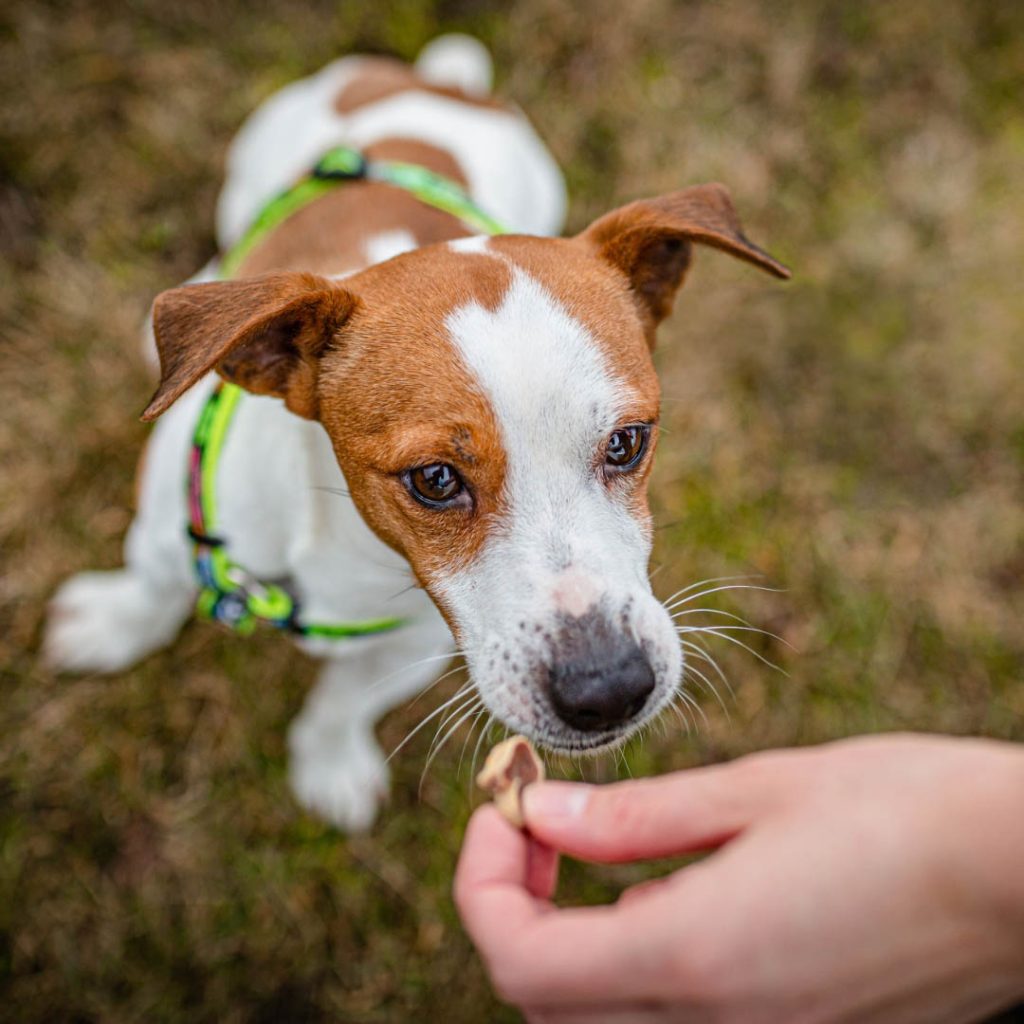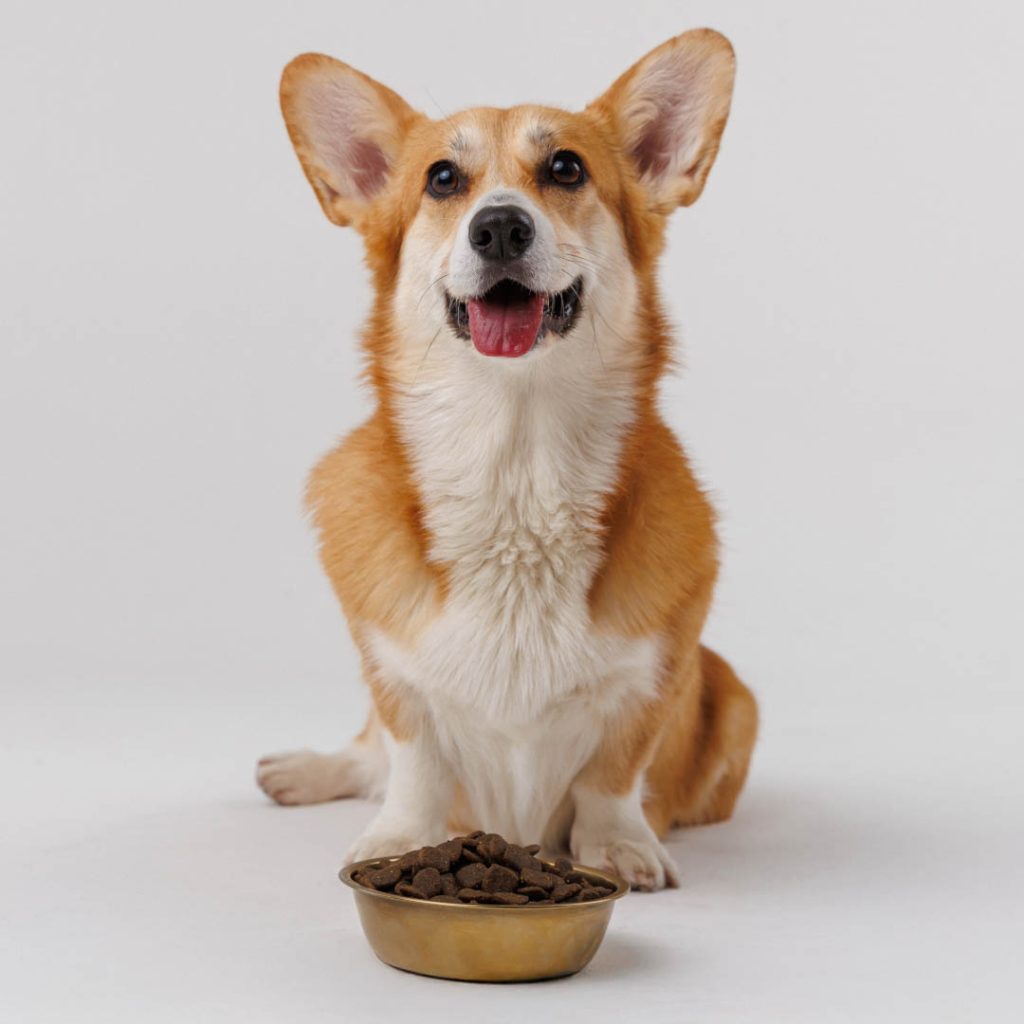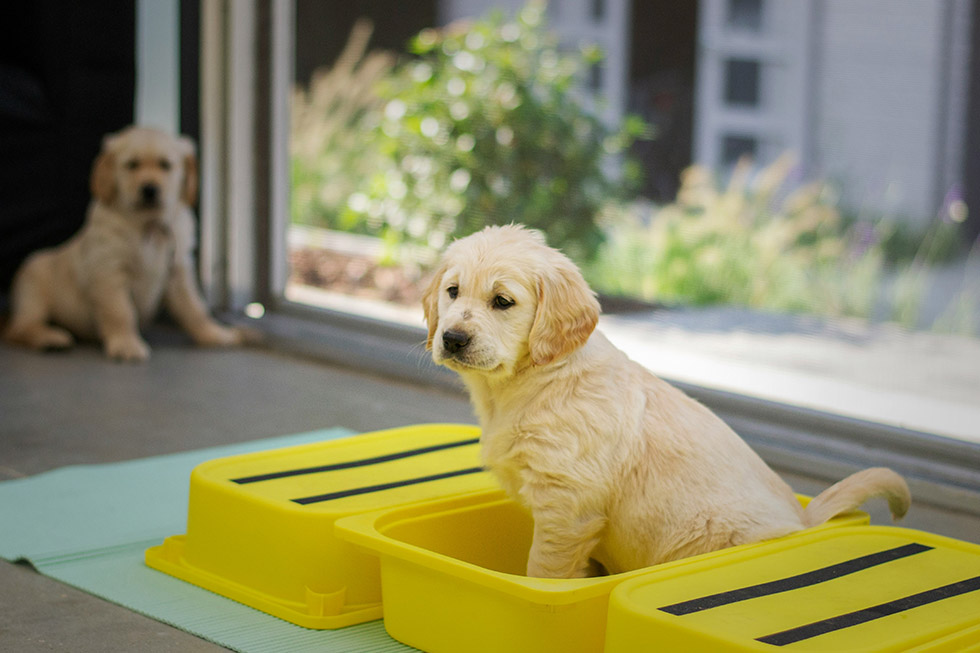
How to Teach Your Puppy to 'Sit'
Bringing a new puppy home is an exhilarating journey filled with cuddles, playtime, and the joy of learning! One of the first and most important commands to teach your puppy is “sit.”
It is not only an essential skill for everyday good behaviour, but training during the puppy stage will also build the foundation for a confident and well-behaved adult dog.
Pet Insurance Australia is on a mission to help you teach your puppy all the tips and tricks possible in those early days. In this blog we will tackle the first basic command ‘sit’ and walk you through an easy, positive way to teach your puppy. PLUS: why starting early matters, and also sharing some tips for setting your puppy up for training success.
Why Early Training is Crucial for Puppies
Puppies are like sponges during their early development stages.
According to animal behaviour experts, the critical learning period for puppies occurs between 8 and 16 weeks of age.
During this time, they are more receptive to new experiences, making it the ideal window to establish basic training, good habits, and positive socialisation.
Early training benefits include:
- Building trust and communication between you and your puppy
- Helping your puppy feel more confident in new environments
- Preventing unwanted behaviours before they develop
- Creating a lifelong love for learning
Training isn’t about control but creating a bond built on trust and understanding. Many experts will attest that puppy training is paramount to strengthening the bond you both share while creating an essential language between you and your puppy that can keep them safe and happy. Starting early helps your puppy feel secure, loved, and ready to thrive.
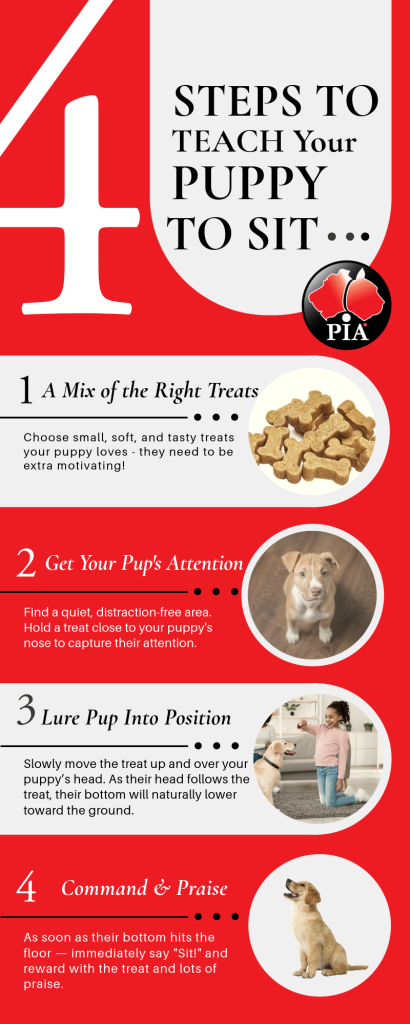
Step-By-Step Guide: How to Teach Your Puppy to ‘Sit’
Here’s an easy and positive method to teach your puppy to sit:

Step 1: Get the Right Treats
Choose small, soft, and tasty treats your puppy loves—they need to be extra motivating! A good mix can also help, so consider a few different-tasting pet-friendly treats to keep your puppy interested.
Best Treats for Puppy Training
- Soft and chewy
- Small in size
- Strong-smelling for extra appeal
Step 2: Gain Your Puppy’s Attention
Find a quiet, distraction-free area. Hold a treat close to your puppy’s nose to capture their attention. But remember not to allow your puppy to have the treat.
This step is about getting your pup’s attention with your hand while being quiet. Ignore jumping and wait until your puppy stands and focuses on your hand.
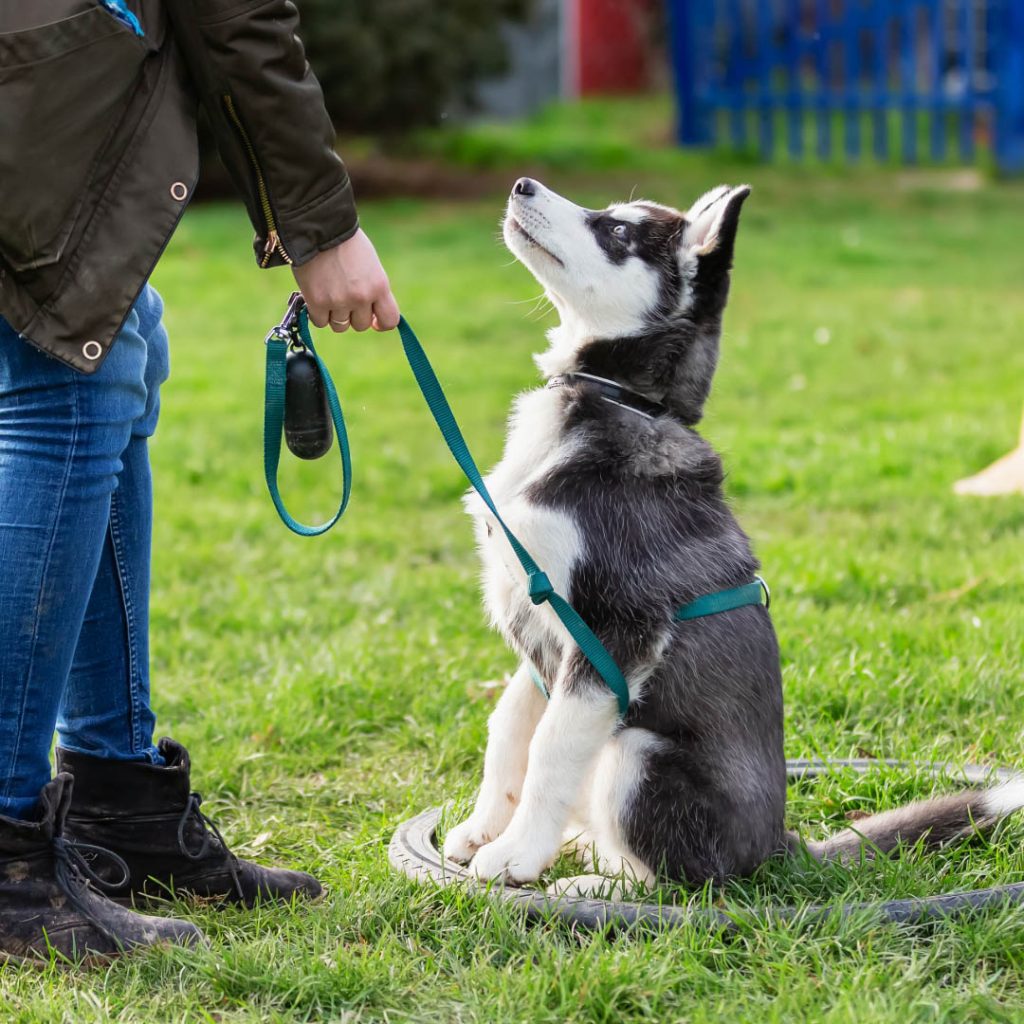
Step 3: Lure Into Position
Slowly move the treat up and over your puppy’s head.
Their bottom will naturally lower toward the ground as their head follows the treat.
When their bottom hits the floor, immediately say, “Sit!” and reward them with a treat and lots of praise.
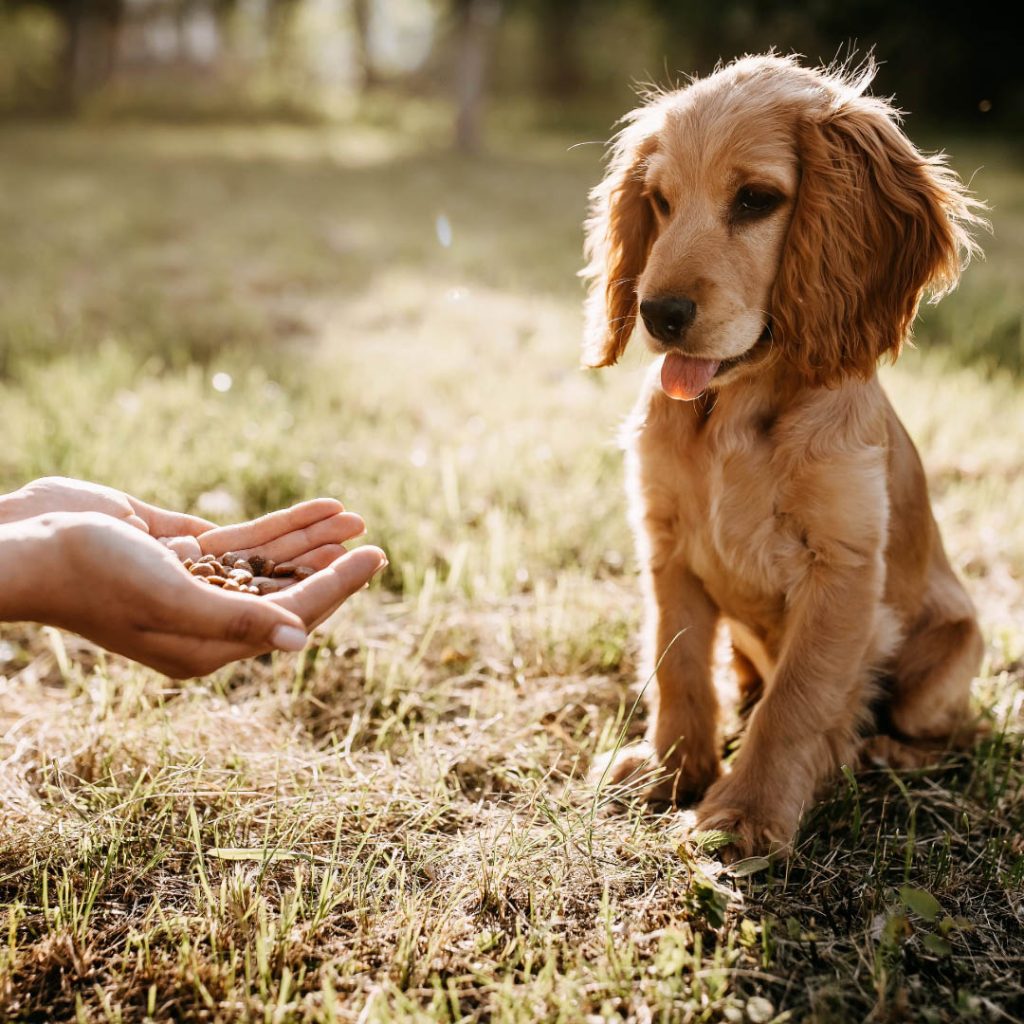
Step 4: Practice, But Keep Sessions Short
Keep training sessions fun and short — around 5 minutes for young puppies and up to 10 minutes for older puppies — this is very important to avoid overwhelming your puppy.
Aim for 3–5 positive repetitions, then take a break for playtime or cuddles! This is a great time to judge when your puppy loses interest. Training should be fun and engaging, not boring and long-drawn-out sessions.
Puppy Training Session Tips
- 5-minute sessions
- 3–5 successful repetitions
- End on a positive note
Step 5: Add the Verbal Cue
Once your puppy consistently follows the hand movement, start saying the word “Sit” just before they perform the action. This will help them associate the word with the behaviour.
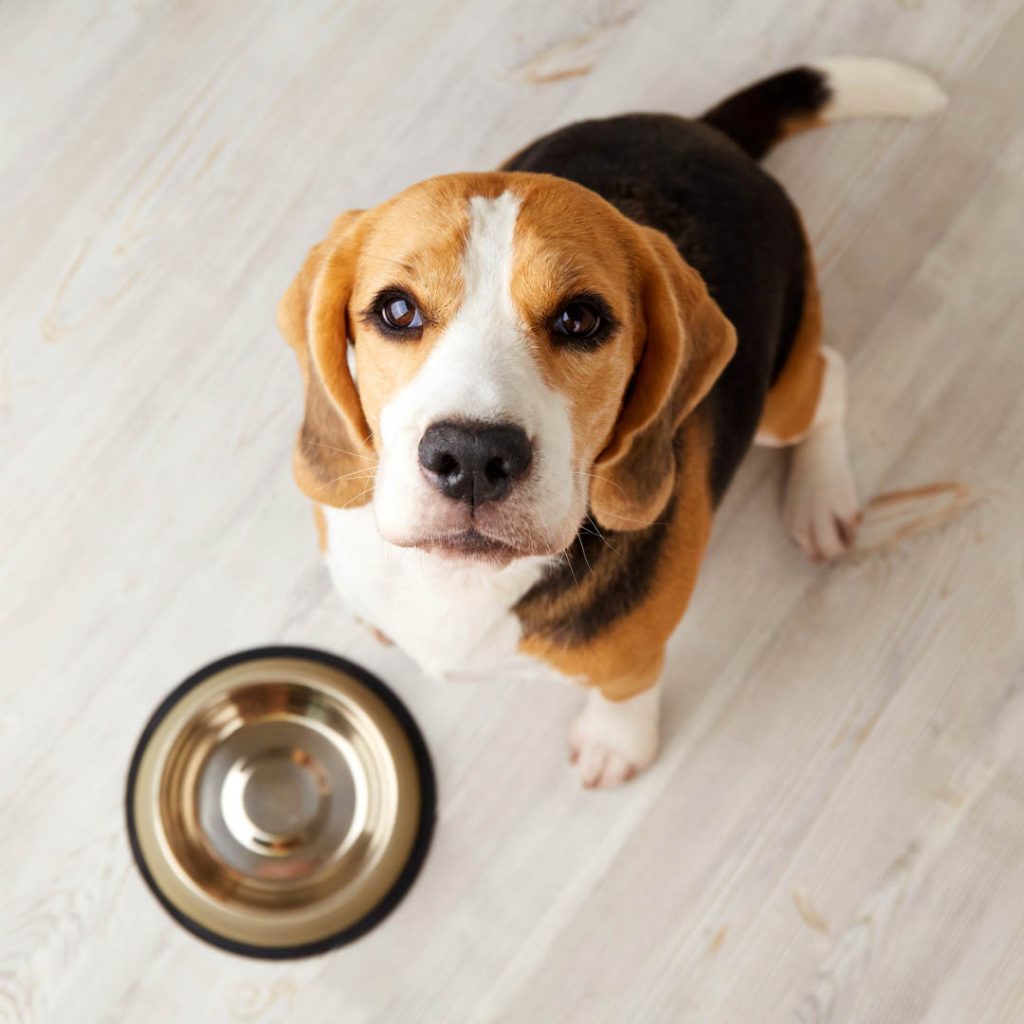
Step 6: Practice Everywhere!
Practice “sit” in different locations — inside, outside, at the park — gradually adding distractions. Don’t forget your treats, as distractions can mean extra effort on your part to ensure your puppy listens.
This consistency builds confidence and reliability. You can then ask your puppy to sit before you go through a door, before they eat, and when greeting people.
Top Tips for Successful Puppy Training
- Use positive reinforcement: Reward good behaviour, ignore mistakes.
- Stay patient: Puppies are learning about the world — every success counts.
- Keep it fun: Playful encouragement makes learning feel like a game.
- Avoid punishment: It creates fear and can damage the bond you and your puppy share.
Why Teaching ‘Sit’ Matters
“Sit” is more than just a party trick — it’s a practical behaviour that:
- Helps your puppy stay calm in exciting situations
- Creates a polite way to greet people
- Prepares your puppy for more advanced training later
Teaching basic commands like ‘sit’ gives puppies the tools to feel calm, focused, and connected to their owners. It’s the first step in helping them become well-mannered family members and thrive in social environments.
Start Small, Think Big
Teaching your new puppy to “sit” is a simple but powerful first step toward a happy, healthy relationship. By starting early, keeping sessions positive, and celebrating small wins, you’ll set the stage for a lifetime of good habits and a deep, trusting bond.
Remember: puppies grow up fast — but the lessons you teach today will stay with them forever.
And it’s never too early to start training. Many 8-week-old pups will master ‘sit’ in a day. Practice and consistency are key with all early training.
Remember:
- Keep it fun
- Keep it short
- Keep it consistent
Want to know more? Check out Pet Insurance Australia’s comprehensive Puppy Guide.
Happy training, puppy lovers!
Nadia Crighton is a renowned and accomplished professional in the fields of Journalism, Public Relations, and Writing, with an extensive career spanning over 25 years, 20 of which have been dedicated to promoting the health and well-being of pets.
Get the latest Pet Insider Tips & News
We offer award-winning* pet insurance policies to protect your furry friend’s health and wellbeing. Get a quote today and give your pets the care they deserve.
Archives
Categories
- Cat Care (66)
- Cats (3)
- Dog Care (130)
- Guides (29)
- Health and Nutrition (202)
- Lifestyle and Activities (221)
- Media Release (38)
- Pet Care (254)
- Rescue Dogs (1)

